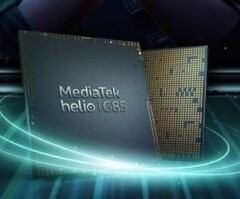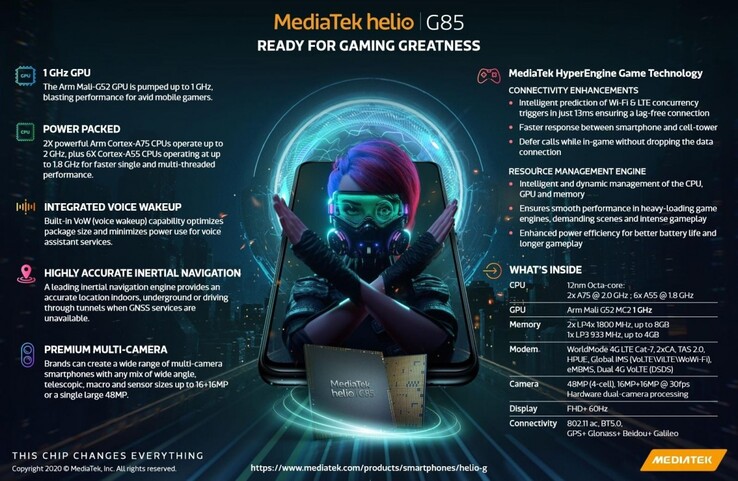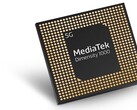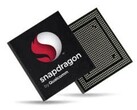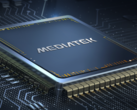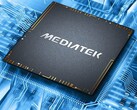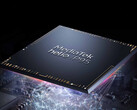The Helio G85 SoC was first teased with the unveiling of the US$200 Xiaomi Redmi Note 9 from last week, and all we knew back then was that the G85 should be better than the G80. This week, however, MediaTek finally announced the actual specs for the G85, which seem to be bringing minor performance upticks since there is a slightly faster GPU, but there are some noteworthy connectivity optimizations and the camera sensor support has been upped to 48 MP with enhanced AI features.
The CPU component is the same 12 nm oct-acore chip from the G80 model that comes with two ARM Cortex-A75 cores clocked at 2.0 GHz and 6 ARM Cortex-A55 clocked at 1.8 GHz. MediaTek has now updated the GPU component with an ARM Mali G52 MC2 running at 1 GHz, which is 50 MHz faster than the GPU on the Helio G80. This is clearly a mid-range SoC optimized for gaming workloads, as further proven by the limited memory support of up to 8 GB LPDDR4x-1800.
Connectivity is still limited to 4G LTE Cat-7. Still, MediaTek made some optimizations that include faster switching between Wi-Fii and LTE networks (only 13 ms) to ensure a lag-free connection, better signal amplification for a faster response between smartphone and cell-tower, and users can now defer calls while in-game without dropping the data connection.
There also are a few resource management improvements that allow for better allocation of the CPU and GPU memory, as well as better battery life through enhanced power efficiency. In this respect, the new SoC supports only FHD+ panels with 60 Hz refresh rates. Additionally, the voice wakeup feature is refined to minimize power use for voice assistant services.
I first stepped into the wondrous IT&C world when I was around seven years old. I was instantly fascinated by computerized graphics, whether they were from games or 3D applications like 3D Max. I'm also an avid reader of science fiction, an astrophysics aficionado, and a crypto geek. I started writing PC-related articles for Softpedia and a few blogs back in 2006. I joined the Notebookcheck team in the summer of 2017 and am currently a senior tech writer mostly covering processor, GPU, and laptop news.
> Expert Reviews and News on Laptops, Smartphones and Tech Innovations > News > News Archive > Newsarchive 2020 05 > MediaTek announces the Helio G85 mobile gaming SoC
Bogdan Solca, 2020-05- 7 (Update: 2020-05- 7)




